The ancient temples of Angkor Wat in Cambodia have long been a magnet for photographers and filmmakers seeking to capture their grandeur. However, recent restrictions on drone usage within the archaeological park have left many commercial photographers and videographers grappling with new challenges. The ban, implemented to preserve the sanctity of the site and protect its structural integrity, has forced professionals to rethink their approach to visual storytelling in one of the world’s most iconic locations.
The drone ban at Angkor Wat was introduced after concerns were raised about the potential damage caused by unmanned aerial vehicles. Authorities cited risks such as collisions with delicate carvings, disturbances to wildlife, and the intrusive noise disrupting the serene atmosphere of the temple complex. For commercial photographers, this has meant losing a powerful tool that once provided sweeping aerial perspectives of the sprawling ruins. The restriction has been particularly impactful for those working on high-budget projects, such as documentaries, travel shows, and advertising campaigns, where aerial shots are often a key component.
Despite the limitations, resourceful photographers have found alternative ways to capture the majesty of Angkor Wat. Many are turning to traditional ground-based techniques, using wide-angle lenses and elevated vantage points to emulate the sense of scale that drones once provided. Climbing permitted structures or using telescopic poles can offer slightly higher perspectives, though they lack the freedom of movement that drones afford. Some professionals have also begun collaborating with local authorities to secure special permits for controlled drone usage in specific areas, though these are granted sparingly and often come with strict conditions.
The shift away from drones has also led to a renewed appreciation for the art of manual photography. Without the ease of aerial shots, photographers are investing more time in composition, lighting, and timing to create striking images. The play of sunlight through the temple corridors, the interplay of shadows at dawn, and the intricate details of bas-reliefs are now being highlighted in ways that drone photography sometimes overlooked. This return to fundamentals has, in some cases, resulted in more intimate and textured portrayals of Angkor Wat.
For commercial projects requiring aerial footage, some production teams have explored alternative locations outside the restricted zones. Nearby areas with similar landscapes, such as the Phnom Kulen National Park or the floating villages of Tonlé Sap, have become stand-ins for wide establishing shots. While not identical to Angkor Wat, these sites can provide complementary visuals that maintain the aesthetic of a Cambodian setting. Additionally, advancements in CGI and 3D modeling have allowed some filmmakers to recreate aerial views digitally, though this approach requires significant technical expertise and budget.
The restrictions have also sparked discussions about the ethics of commercial photography in heritage sites. Many in the industry are now more mindful of balancing creative expression with cultural preservation. The drone ban serves as a reminder that these ancient structures are not just backdrops for content but fragile monuments that require protection. Some photographers have even begun incorporating the conservation narrative into their work, using their platforms to raise awareness about the importance of safeguarding Angkor Wat for future generations.
Local businesses catering to commercial photographers have adapted to the new regulations as well. Tour operators now offer specialized photography tours that focus on hidden angles and lesser-known temples within the complex. Guides with extensive knowledge of the site’s architecture and lighting conditions are in high demand, helping photographers maximize their shots within the constraints. Meanwhile, equipment rental shops have seen increased interest in stabilizers, tripods, and other ground-based gear that can compensate for the lack of aerial capabilities.
Looking ahead, the drone ban at Angkor Wat may set a precedent for other heritage sites facing similar dilemmas. As commercial photography and videography continue to evolve, the industry will need to find sustainable ways to document these treasures without compromising their preservation. For now, the challenges posed by the restrictions have inadvertently fostered creativity, pushing photographers to explore new techniques and perspectives that honor both the art and the history of Angkor Wat.
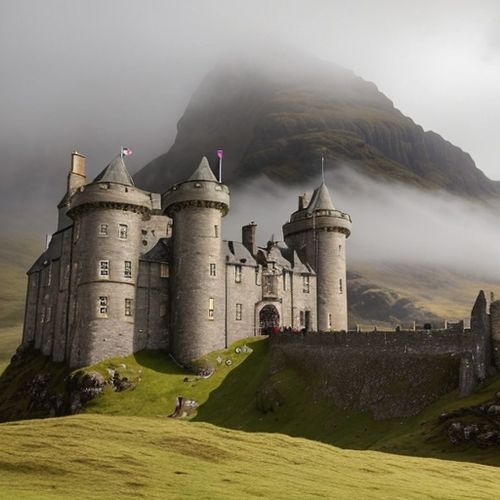
By Emily Johnson/Apr 11, 2025
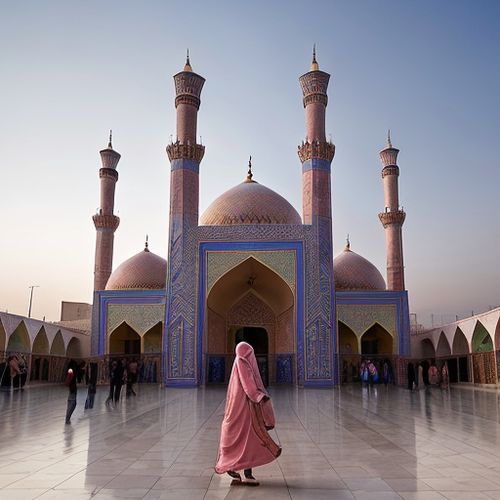
By William Miller/Apr 11, 2025
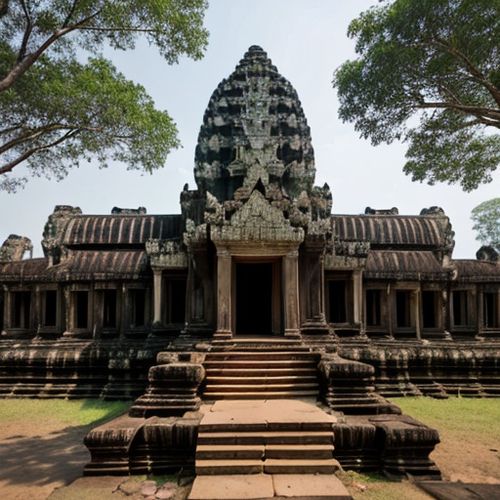
By Benjamin Evans/Apr 11, 2025
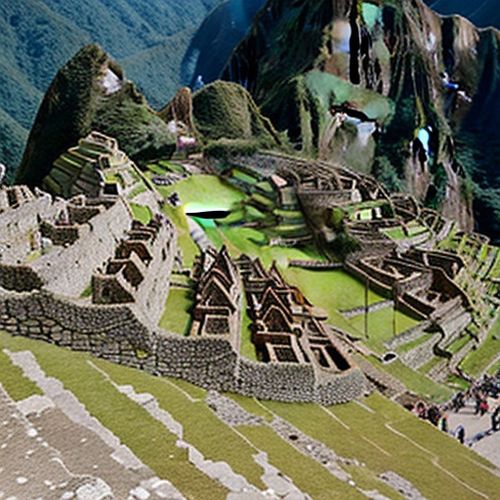
By Grace Cox/Apr 11, 2025
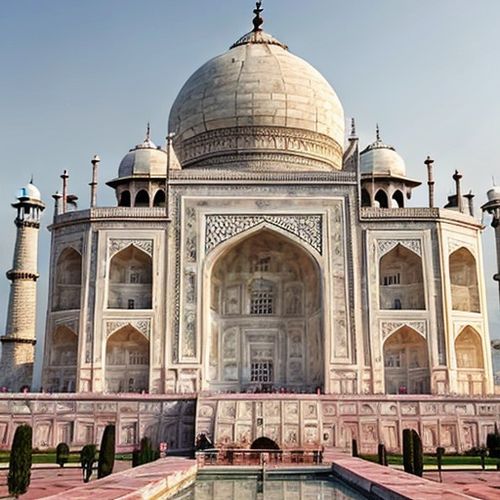
By Amanda Phillips/Apr 11, 2025
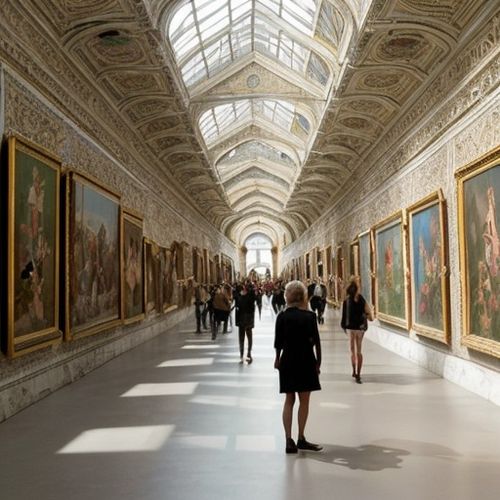
By James Moore/Apr 11, 2025
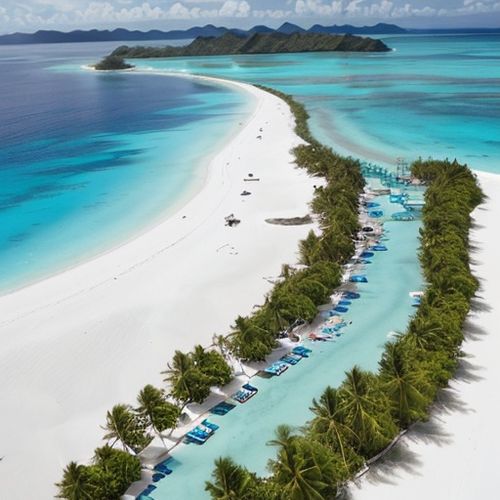
By Natalie Campbell/Apr 11, 2025
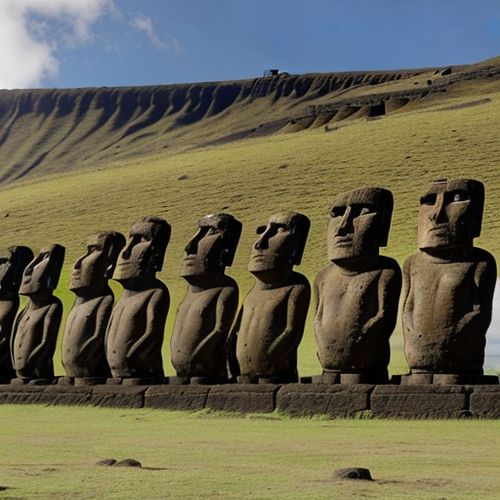
By Eric Ward/Apr 11, 2025
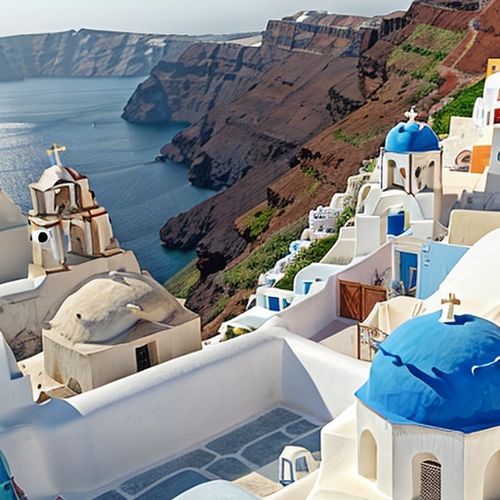
By James Moore/Apr 11, 2025
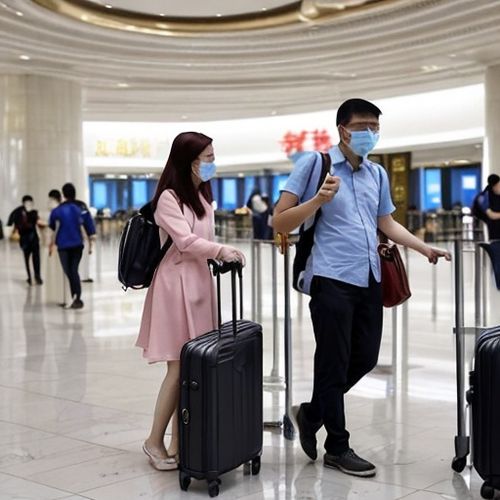
By Emily Johnson/Apr 11, 2025
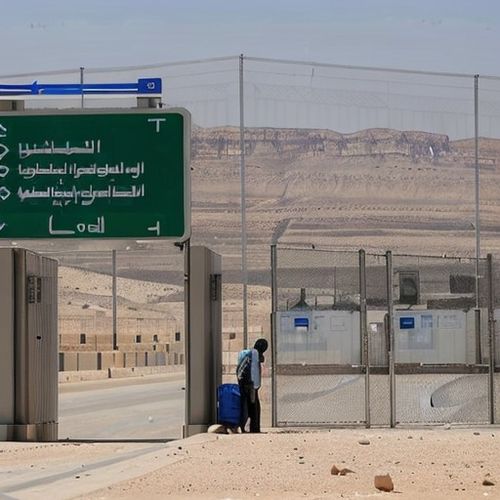
By Christopher Harris/Apr 11, 2025
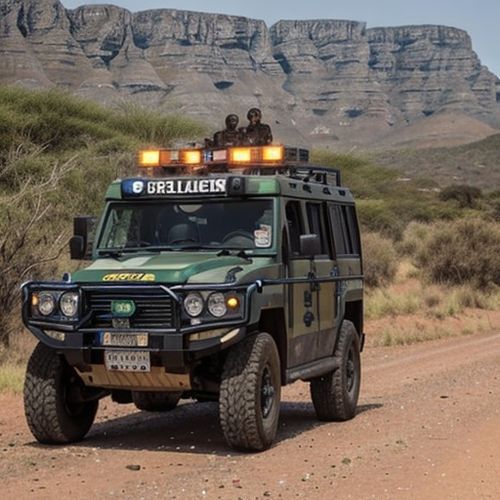
By Michael Brown/Apr 11, 2025
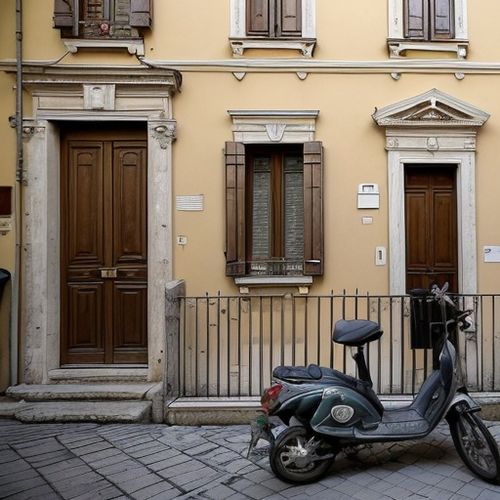
By Rebecca Stewart/Apr 11, 2025
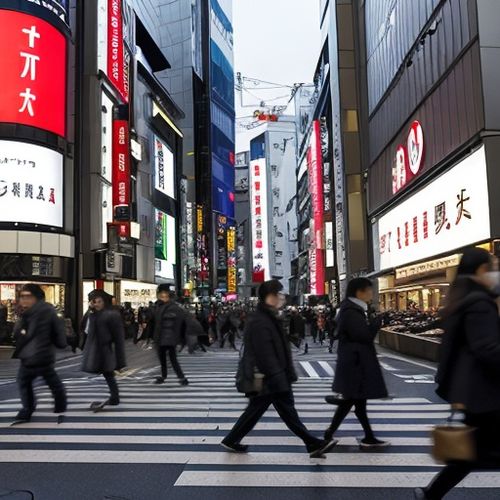
By John Smith/Apr 11, 2025
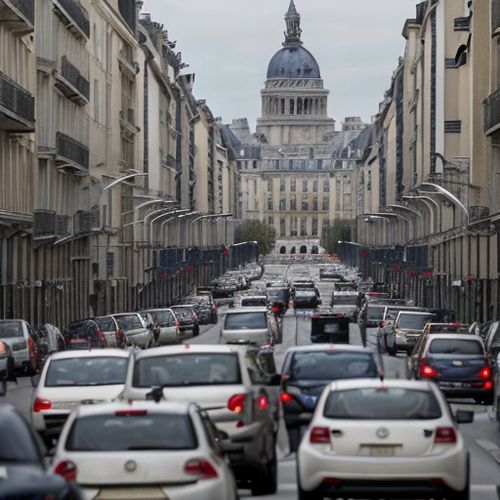
By Natalie Campbell/Apr 11, 2025
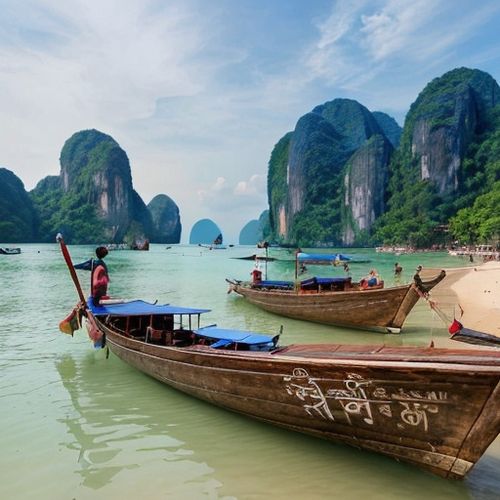
By Emily Johnson/Apr 11, 2025

By John Smith/Apr 11, 2025
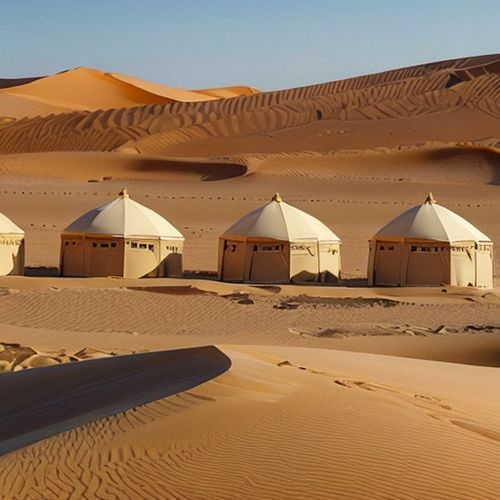
By Michael Brown/Apr 11, 2025
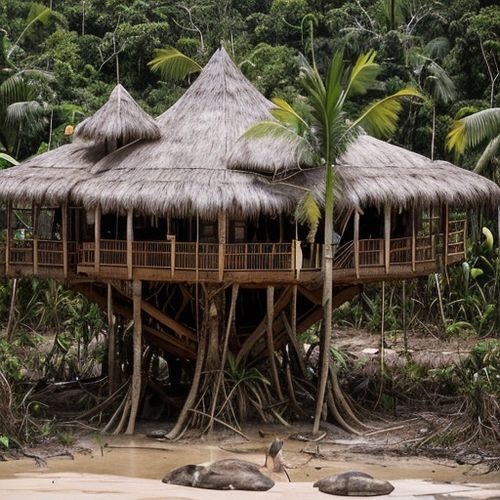
By Amanda Phillips/Apr 11, 2025
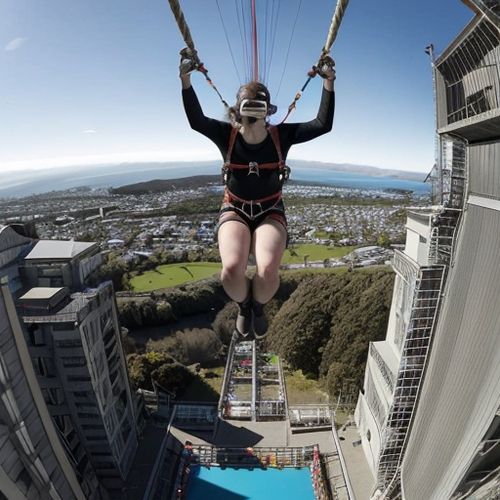
By Joshua Howard/Apr 11, 2025